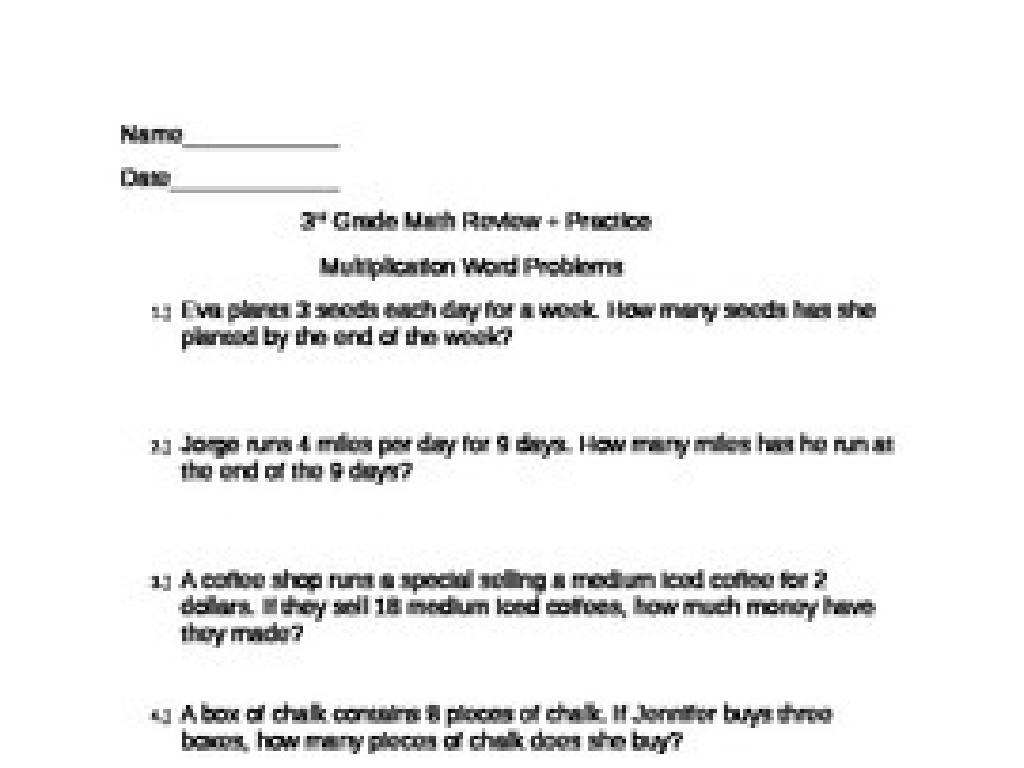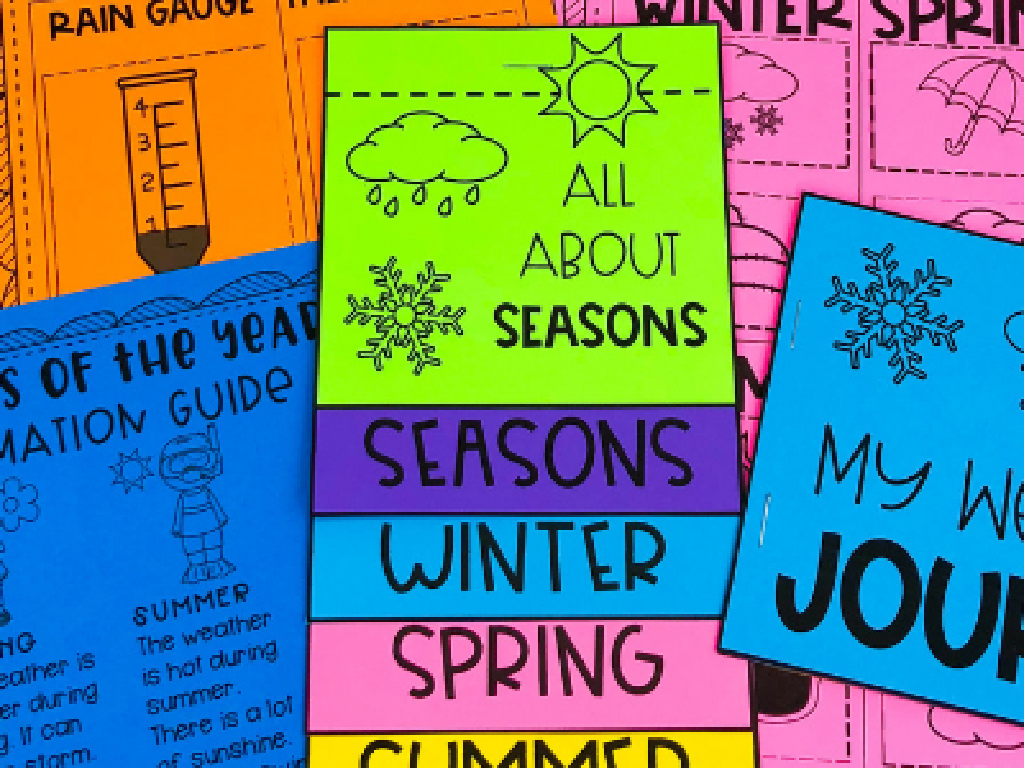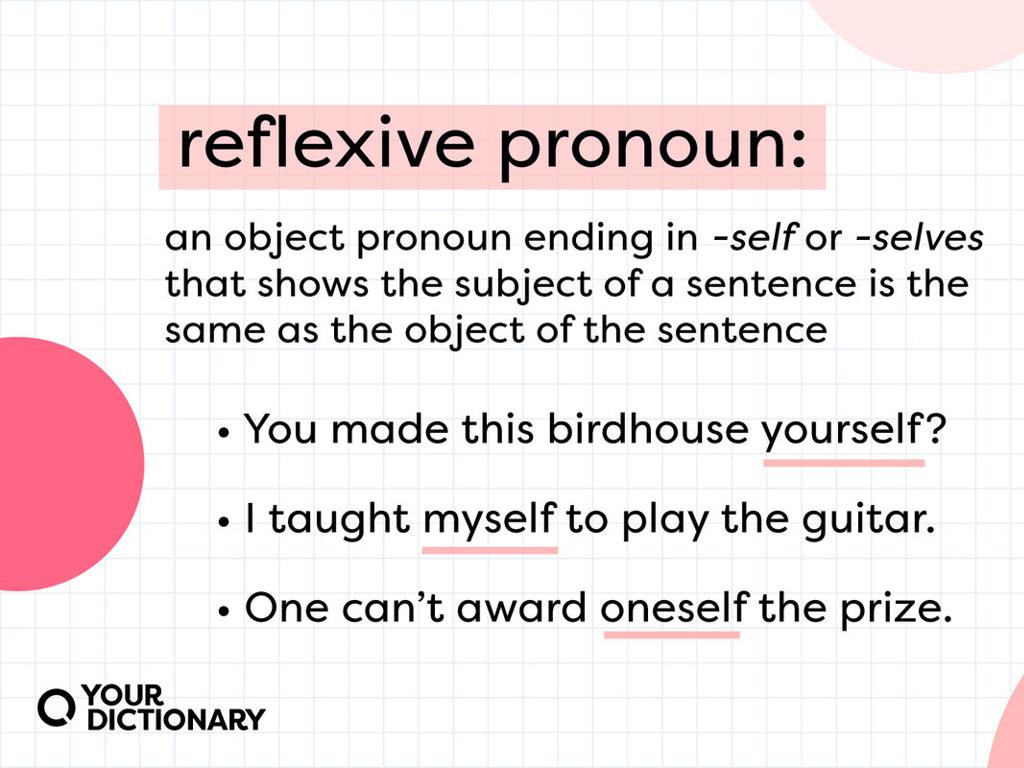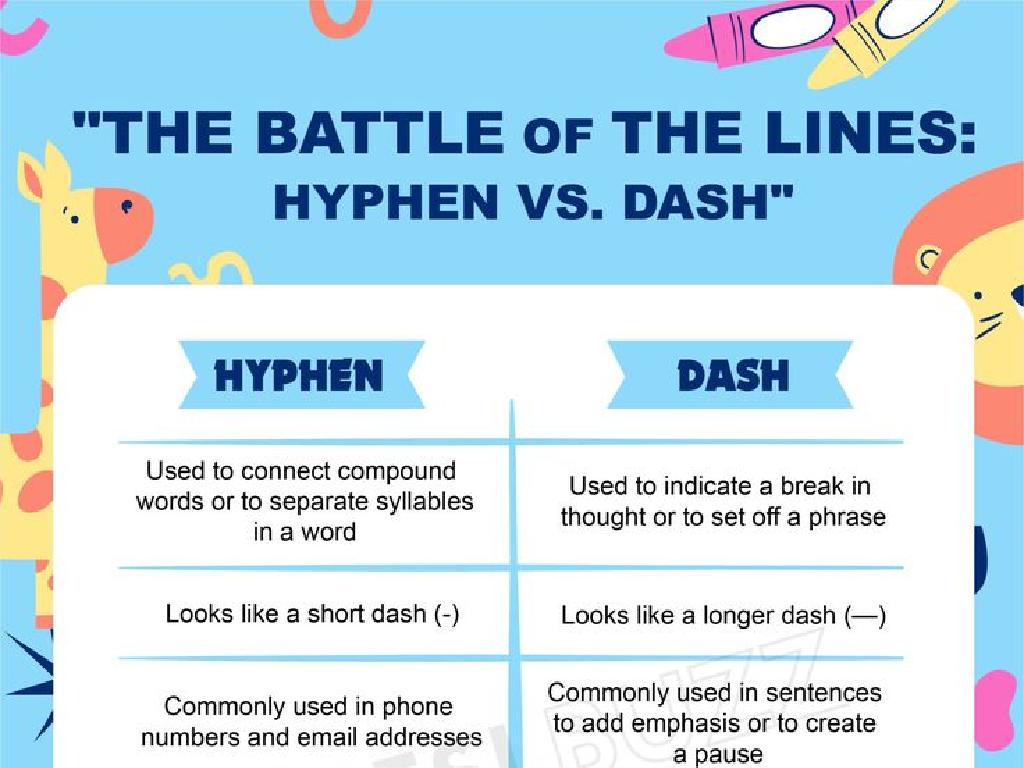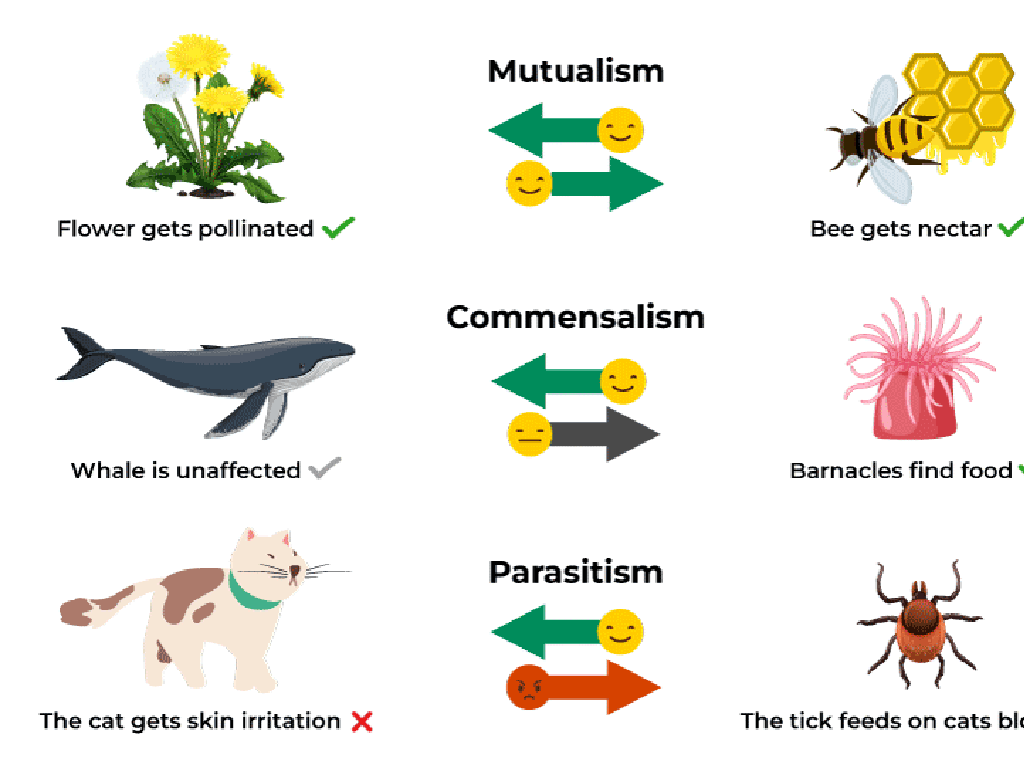Identify Coordinating Conjunctions
Subject: Language arts
Grade: Fourth grade
Topic: Conjunctions
Please LOG IN to download the presentation. Access is available to registered users only.
View More Content
Welcome to Conjunction Junction!: Coordinating Conjunctions
– What are conjunctions?
– Coordinating conjunctions connect
– They link words, phrases, or clauses
– Importance in sentences
– They make sentences clear and complete
– Examples: ‘and’, ‘but’, ‘or’
– ‘I like apples and oranges.’ ‘She ran fast but missed the bus.’
|
Today’s lesson introduces coordinating conjunctions, which are words that connect other words, phrases, or clauses in sentences. Understanding conjunctions is crucial for students as they help in constructing clear and complete sentences. Emphasize the role of conjunctions in joining ideas and how they can change the relationship between those ideas. Provide examples using common coordinating conjunctions like ‘and’, ‘but’, and ‘or’ to illustrate their use in everyday language. Encourage students to come up with their own sentences using different coordinating conjunctions to reinforce the concept.
Exploring Conjunctions
– What is a conjunction?
– It’s a word that connects parts of a sentence
– Conjunctions make sentences exciting
– Common conjunctions: and, but, or
– ‘and’ adds, ‘but’ shows contrast, ‘or’ gives options
– Using ‘so’, ‘yet’, ‘for’, ‘nor’
– ‘so’ explains results, ‘yet’ shows contrast, ‘for’ gives reasons, ‘nor’ adds negatives
|
This slide introduces the concept of conjunctions to fourth-grade students. Conjunctions are the glue that holds the parts of a sentence together, making our communication clearer and more interesting. Start by explaining the basic definition of a conjunction. Then, highlight how conjunctions enhance sentence structure by providing examples. Discuss each of the common conjunctions (‘and’, ‘but’, ‘or’, ‘so’, ‘yet’, ‘for’, ‘nor’) and their specific uses in a sentence. Encourage students to come up with their own sentences using these conjunctions to solidify their understanding.
Meet the Coordinating Conjunctions
– Coordinating conjunctions connect equals
– Words, phrases, clauses can be joined
– Remember FANBOYS
– For, And, Nor, But, Or, Yet, So
– Examples in sentences
– ‘I like apples and oranges.’ connects two favorite fruits
– Practice using FANBOYS
|
This slide introduces students to coordinating conjunctions, which are used to connect equal parts of a sentence such as words, phrases, or clauses. The acronym FANBOYS will help students remember the conjunctions: For, And, Nor, But, Or, Yet, So. Provide examples of each conjunction in simple sentences to illustrate their use. Encourage students to come up with their own sentences using FANBOYS. As an activity, students can work in pairs to create sentences using each of the coordinating conjunctions. This will help solidify their understanding and give them practical experience in identifying and using these conjunctions in their writing.
Coordinating Conjunctions: ‘And’ & ‘But’
– ‘And’ adds similar ideas
– ‘But’ shows contrast
– Example with ‘and’
– I like apples and oranges.
– Example with ‘but’
– I like apples but not on Tuesdays.
|
This slide introduces the coordinating conjunctions ‘and’ and ‘but’ to the students. ‘And’ is used to connect similar ideas or items in a sentence, showing addition. ‘But’ is used to show a contrast or an exception between two ideas. Provide the examples to the class and explain how ‘and’ combines two things they like, while ‘but’ is used to express a like with a condition or exception. Encourage the students to come up with their own sentences using ‘and’ and ‘but’ to reinforce their understanding. You can also have them pair up and share sentences, then discuss as a class to ensure comprehension.
Coordinating Conjunctions: ‘Or’ & ‘So’
– ‘Or’ shows choice or possibility
– ‘So’ indicates effect or result
– Example using ‘or’
– Do you prefer apples or oranges?
– Example using ‘so’
– I forgot my lunch, so I bought a snack.
|
This slide introduces two important coordinating conjunctions, ‘or’ and ‘so’, to the students. ‘Or’ is used when presenting options or choices, and ‘so’ is used to show a cause and effect relationship between two parts of a sentence. Provide students with clear examples to illustrate the use of each conjunction. For ‘or’, use simple choices they encounter in daily life. For ‘so’, show how one action can lead to a consequence. Encourage students to come up with their own sentences using ‘or’ and ‘so’ to reinforce their understanding. In the next class, ask students to share their sentences and discuss the different uses of these conjunctions in various contexts.
Coordinating Conjunctions: ‘For’, ‘Nor’, ‘Yet’
– ‘For’ explains reasons
– Like ‘because’: I brought an umbrella, for it looked like rain.
– ‘Nor’ connects negatives
– Joins two ‘not’s: He neither likes to sing nor dance.
– ‘Yet’ shows contrast
– Opposite of expected: She’s small, yet she’s very strong.
– Practice with examples
|
This slide introduces the coordinating conjunctions ‘For’, ‘Nor’, and ‘Yet’, which are used to connect clauses in a sentence. ‘For’ is similar to ‘because’ and gives a reason for something. ‘Nor’ is used to connect two negative alternatives, often following ‘neither’. ‘Yet’ is used to show a contrast, especially something unexpected. Provide students with clear examples to illustrate each conjunction’s use. Encourage them to create their own sentences using these conjunctions to reinforce their understanding. This practice will help them recognize and use these conjunctions in their writing.
Let’s Practice Together: Conjunction Detectives!
– Sentences with missing conjunctions
– Fill in the blanks correctly
– Choose ‘and’, ‘or’, ‘but’ to complete sentences
– Become conjunction detectives
– Ready for a fun challenge?
|
This slide is designed to engage students in a class activity that reinforces their understanding of coordinating conjunctions. Start by explaining that conjunctions are words that join together sentences, phrases, or words. Then, present sentences with blanks where conjunctions should be. Encourage students to think critically about which conjunction fits best based on the context of the sentence. Offer examples like ‘I want to play outside, ___ it’s raining’ to guide them towards answers like ‘but’. This interactive activity will help solidify their grasp of conjunctions in a fun and collaborative way. Prepare a list of sentences with varying difficulty and ensure to praise their efforts as they participate.
Class Activity: Conjunction Creation!
– Pair up and write sentences
– Use different coordinating conjunctions
– For, And, Nor, But, Or, Yet, So (FANBOYS)
– Show addition, contrast, choice, or reason
– ‘I like apples and oranges.’, ‘I want to play outside, but it’s raining.’
– Share with the class
|
This activity is designed to help students practice using coordinating conjunctions in a fun and interactive way. By working in pairs, students can collaborate and come up with creative sentences. Encourage them to think about how conjunctions connect ideas and to use the acronym FANBOYS to remember the conjunctions. As they write their sentences, they should focus on how conjunctions can show different relationships between ideas, such as addition (and), contrast (but), choice (or), or reason (so). After writing, each pair will have the opportunity to share their sentences with the class, allowing for peer learning and teacher feedback. Possible variations of the activity could include creating a short story using all the conjunctions, drawing a comic strip that illustrates the use of conjunctions, or even a conjunction scavenger hunt in their favorite book.

